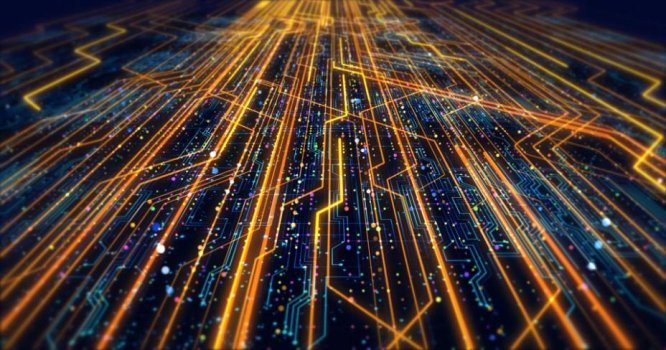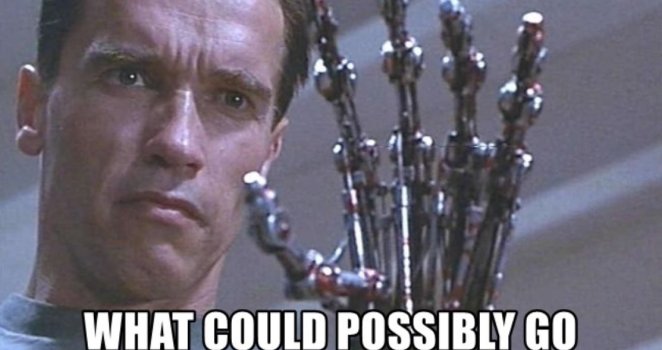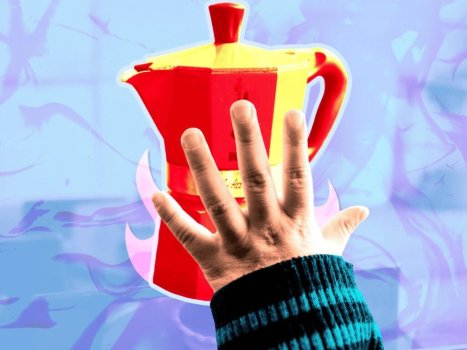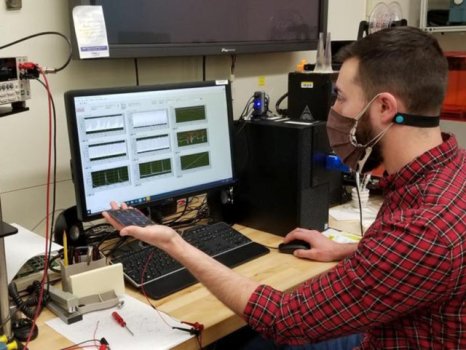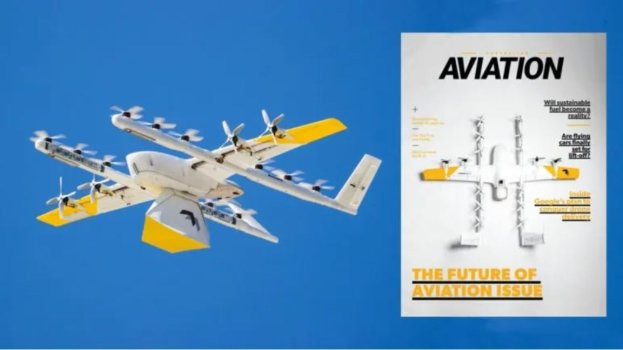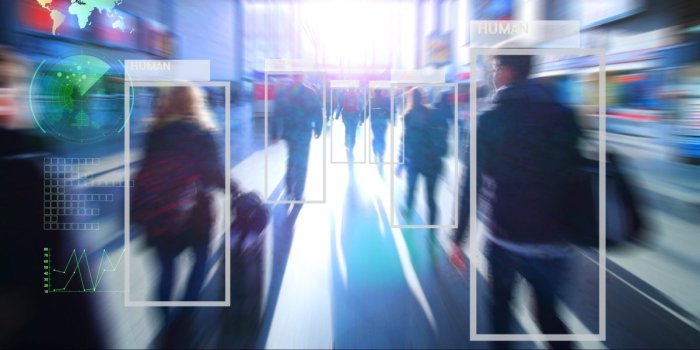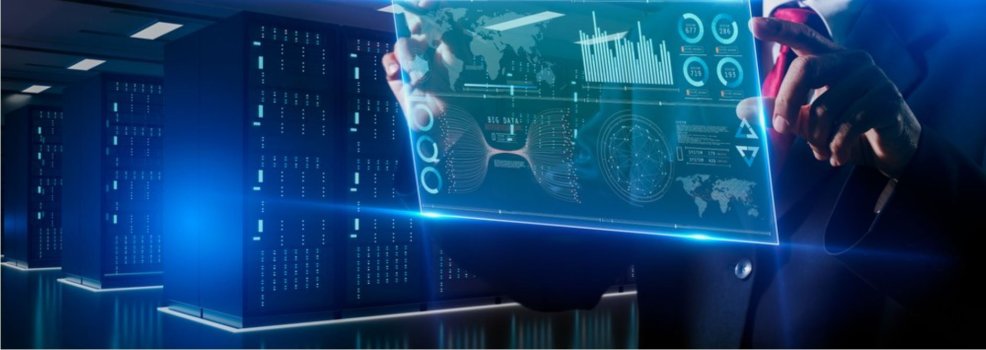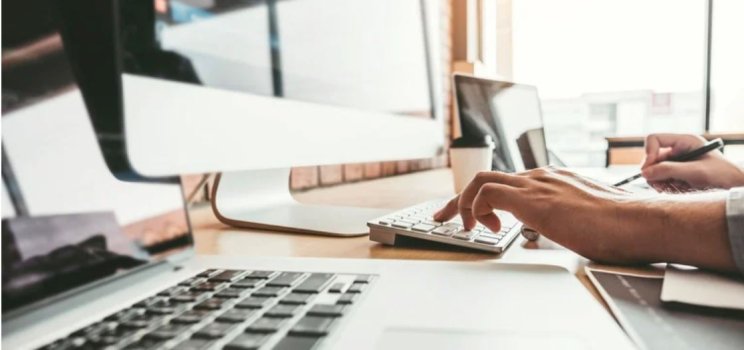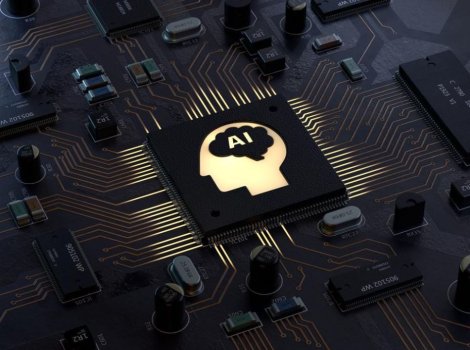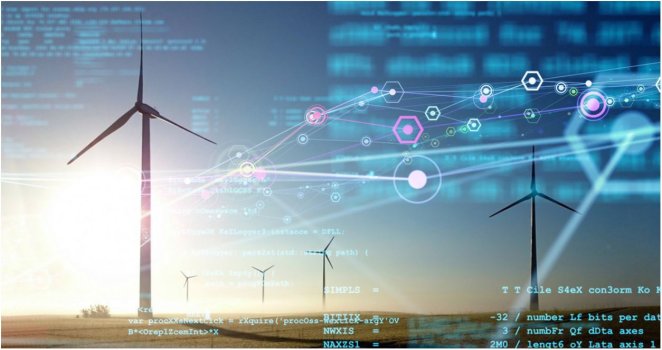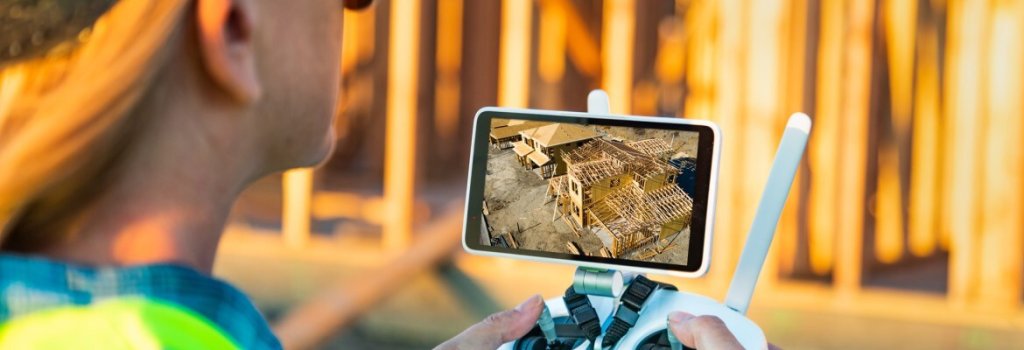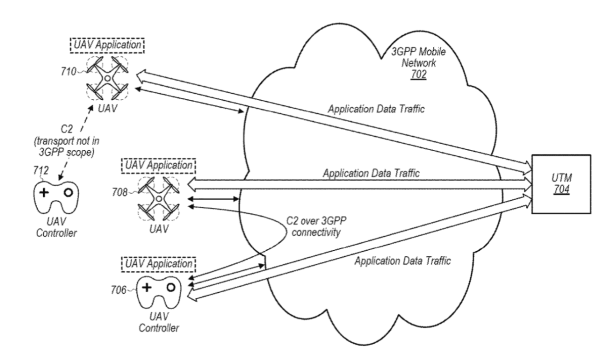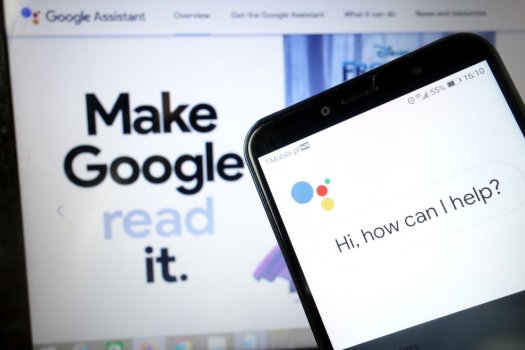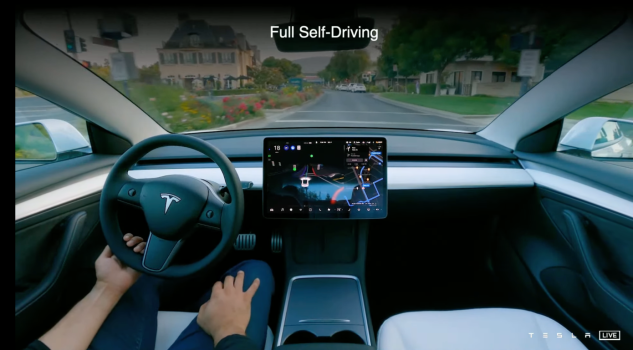4 Things I Wish I Knew Before Starting In the AI Industry
- Artificial Intelligence
- 0 Replies
Artificial intelligence is everywhere. But if I asked you: “What is it exactly?” could you answer confidently?
Four years ago I thought I could answer that same question. I was about to start studying machine learning and deep learning with the hopes of finding a job. I was naïve enough to think what I was seeing from the outside was what I’d encounter on the inside.
But looks are deceiving. And artificial intelligence, surrounded by hype and flooding in funding is the best example today. There are interests beyond science and engineering that blurry and obscure the real work people are doing.
The field is extremely attractive regardless. It’s growing and evolving incredibly fast and it promises to keep this pace for some time. There will be more AI-related jobs in the coming years. And, let’s be real, it’s way more exciting and interesting than most other fields out there — we’re trying to solve intelligence after all.
That’s why many of you may benefit from knowing what to expect. Here are four things I wish I knew before starting on AI. I’d have been mentally prepared for what I was about to experience and would have had a finer, deeper perspective on the present and future of the field. Enjoy!
Continue reading: https://towardsdatascience.com/4-things-i-wish-i-knew-before-starting-in-the-ai-industry-5458c6bf48b9
Four years ago I thought I could answer that same question. I was about to start studying machine learning and deep learning with the hopes of finding a job. I was naïve enough to think what I was seeing from the outside was what I’d encounter on the inside.
But looks are deceiving. And artificial intelligence, surrounded by hype and flooding in funding is the best example today. There are interests beyond science and engineering that blurry and obscure the real work people are doing.
The field is extremely attractive regardless. It’s growing and evolving incredibly fast and it promises to keep this pace for some time. There will be more AI-related jobs in the coming years. And, let’s be real, it’s way more exciting and interesting than most other fields out there — we’re trying to solve intelligence after all.
That’s why many of you may benefit from knowing what to expect. Here are four things I wish I knew before starting on AI. I’d have been mentally prepared for what I was about to experience and would have had a finer, deeper perspective on the present and future of the field. Enjoy!
Continue reading: https://towardsdatascience.com/4-things-i-wish-i-knew-before-starting-in-the-ai-industry-5458c6bf48b9


